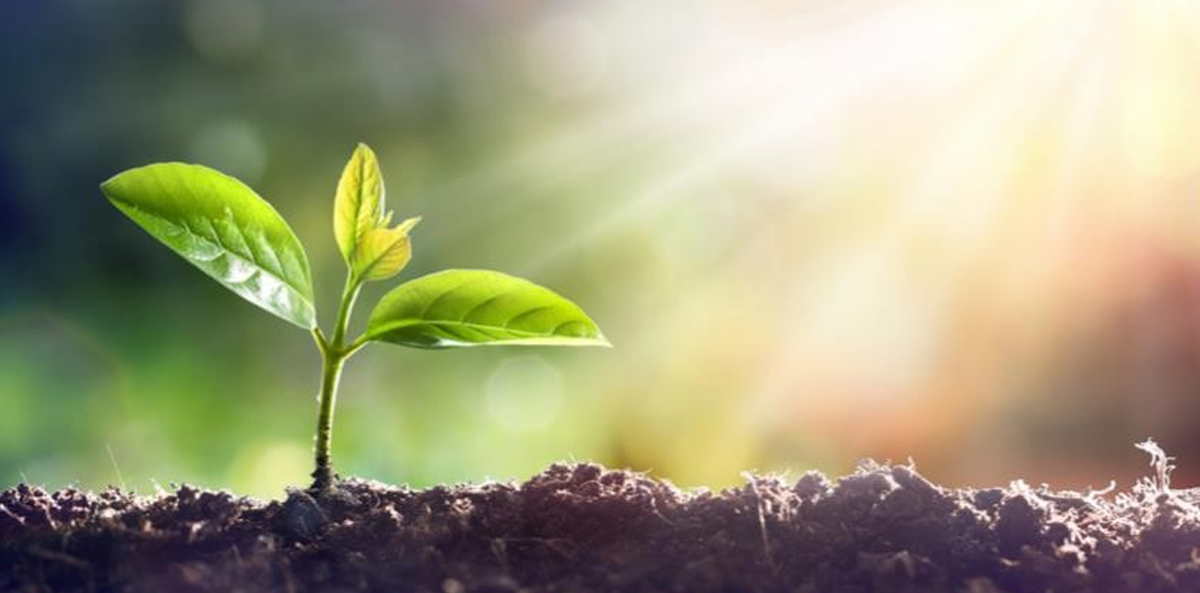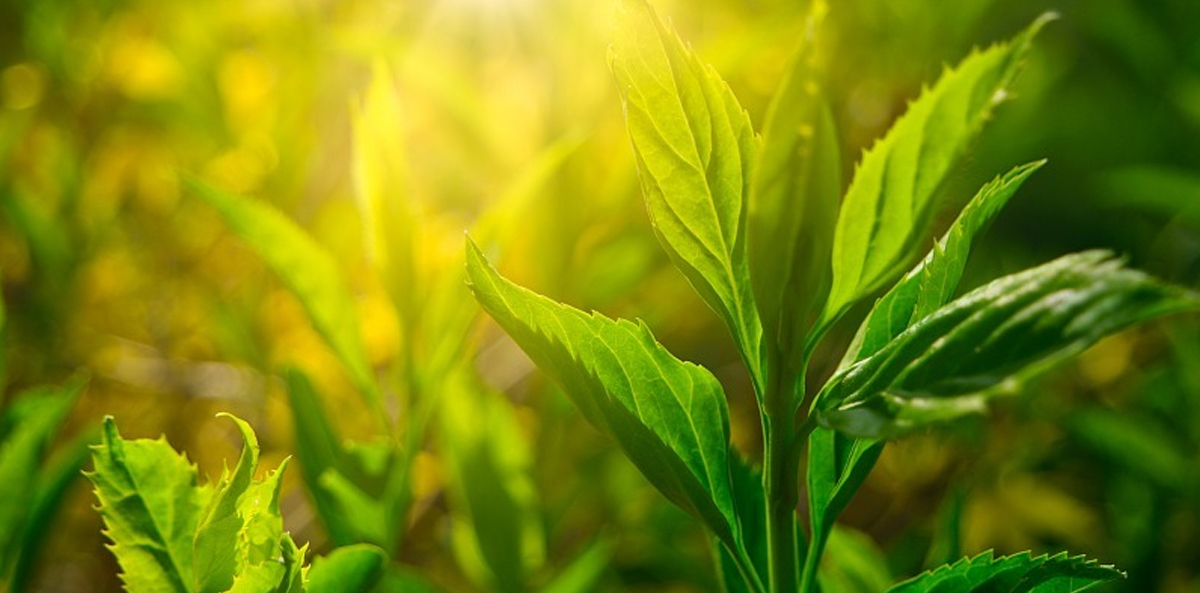Plants cannot grow without light; this is a simple yet essential fact. Light is as indispensable for plants as water and air. When discussing how plants utilize light, we often encounter two professional terms: the light saturation point and the light compensation point. These concepts help us understand the light intensity requirements of plants and how to optimize plant growth by adjusting lighting conditions. Today, let's learn about them.
The light compensation point: The "starting price" for plant growth
The light compensation point is like the "starting price" for plant growth. Specifically, it refers to the minimum light intensity required by plants for photosynthesis and respiration. At this point, the products of photosynthesis produced by plants can just compensate for the energy consumed during respiration. In other words, plants neither grow nor decline but maintain a dynamic equilibrium.
You can think of the light compensation point as the threshold for starting a car. Only when you press the accelerator to a certain degree will the car begin to move. Similarly, for plants, they can truly utilize photosynthesis to promote growth only when the light intensity exceeds the light compensation point.

The light saturation point: The maximum speed for plant growth
On the other hand, the light saturation point can be seen as the "maximum speed" of photosynthesis in plants. When the light intensity reaches a certain level, further increasing the light intensity does not significantly enhance the photosynthetic rate of plants. This means that plants have already reached their maximum capacity for utilizing light for photosynthesis. At this stage, plants are like a car running at full speed—no matter how much you press the accelerator, it won't go any faster.
However, if the light intensity continues to increase beyond the plant's adaptive range, it enters the light inhibition stage. In this stage, plants may be damaged due to excessive light intensity, leading to a decrease in photosynthetic efficiency.

Plant grow lights: An effective tool for light management
In natural environments, plants face various limitations in utilizing light, such as seasonal changes and weather conditions. In indoor cultivation settings, plant grow lights act as a "magic wand" for plant growth, allowing us to precisely control light intensity and ensure that plants are always under optimal lighting conditions.
By using plant grow lights, we can avoid light inhibition and ensure that plants grow under light intensities close to the light saturation point, maximizing photosynthetic efficiency. Additionally, for plants that require low-light conditions, plant grow lights can provide consistent and suitable lighting to ensure their healthy growth.
Here are the light requirements for some common plant types:
Plant Type Light | Compensation Point (μmol/m²/s) | Light Saturation Point (μmol/m²/s) |
Cannabis | 63 | 1600 |
Grapes | 50 | 484 |
Tomatoes | 50 | 850 |
Cucumbers | 28 | 670 |
Oranges | 38 | 400 |
Indoor foliage plants | 44 | 376 |
Succulents | 59 | 749 |
Whether it's natural outdoor light or artificial indoor lighting, the right amount of light is crucial for healthy plant growth. The use of plant grow lights opens up endless possibilities for indoor cultivation. VANQ always prioritize our customers and strive to provide the most cost-effective cultivation solutions to help you overcome the challenges of plant cultivation. Need professional cultivation advice? Please click the chat box below, and we are here to assist you.























